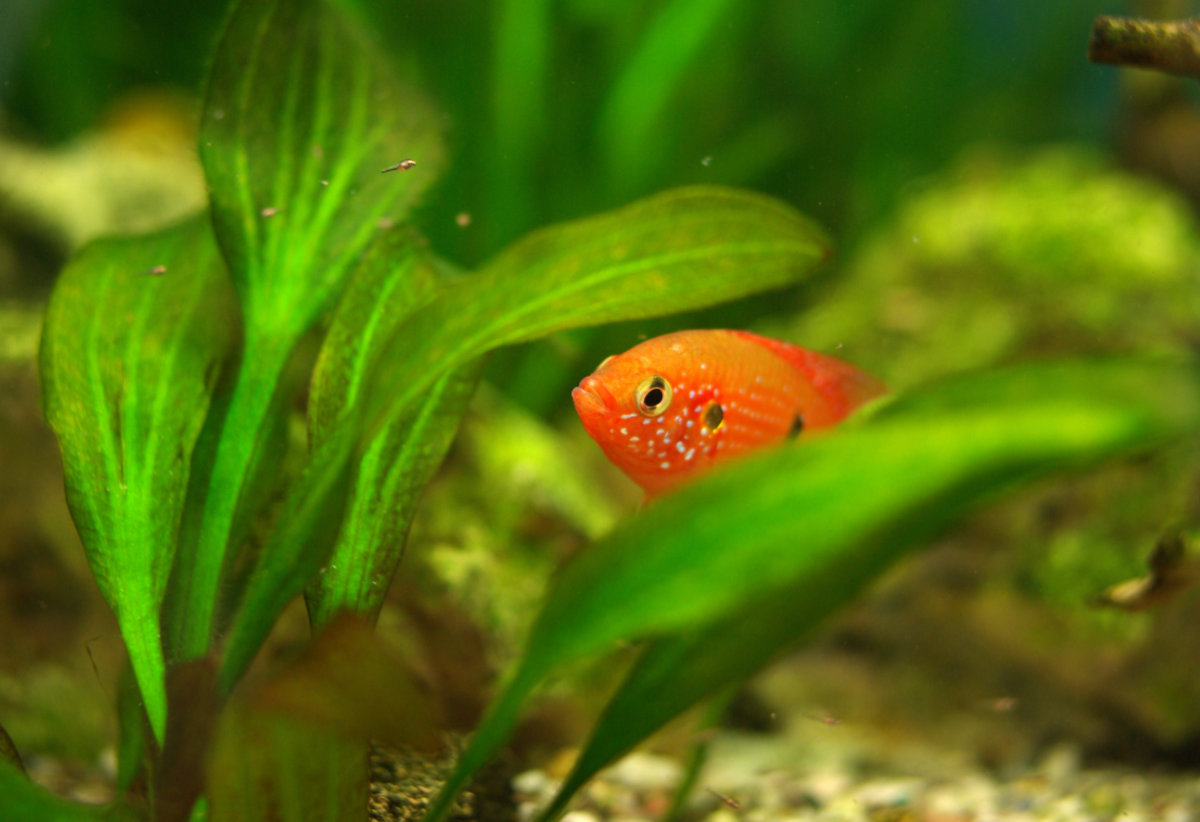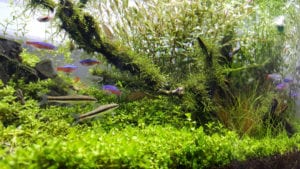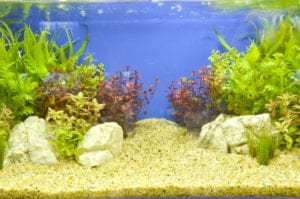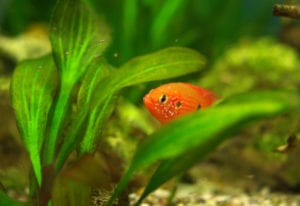
Keep Your Fish Tank Disease Free
Like all living creatures, fish are susceptible to a variety of diseases and illnesses, however, unlike in more traditional pets, it is often harder to spot the symptoms in fish and even harder to diagnose the condition accurately due to their aquatic environment. Given this and the responsibility placed on you as a responsible fish keeper, it is, therefore, advisable to try and minimise the chances of any fish diseases from starting rather than reactively treat them. The good news is that there are things you can do to keep the chances of an outbreak to a minimum.
Where Do Fish Diseases Come From
Most pathogens, be they parasitic, bacteria, fungi, or protists exist in most tanks and even if not present initially are almost inevitably introduced via the air, water or the addition of livestock. Fortunately, this is in common with all living things and the reason they are not always sick is that they can fight off the common pathogens with their immune systems. Fish are no exception, however, given they live in a much more controlled environment than many other species, and the favoured elements of many pathogens will be present (heat and water) the risks are slightly higher.
Happy Fish Are Healthy Fish
The first steps towards minimising the risk of a disease outbreak in your tank is to keep the fish as healthy and stress-free as possible. This can be broken down into the following parts, and it is important as around 80% of diseases can probably be traced back to the failure of one or more of these points.
Water Quality
This is literally the air that you fish breathes so it has to be clean, well-oxygenated and free from toxic chemicals. The basis of good water quality is adequate filtration, both mechanical and biological. This can be achieved either through the traditional under gravel method or if you intend on keeping plants (themselves part of the biological process) a canister or power filter. Filtration will remove debris and toxins like ammonia, and nitrates, as well as help, oxygenate the water by causing surface agitation. Other things to consider here is the chemistry of the water, including keeping the PH and hardness at the right level for the tanks inhabitants. Given that most freshwater fish are captive bred nowadays, this is somewhat less of a problem, but it is still best to try and replicate the natural conditions for the inhabitants as closely as possible. Also, aim for a stable temperature in the prefered range for the species. This means keeping the tank away from direct sunlight and radiators, as well as draughts all of which can change the ambient temp by surprising amounts.

Water Replacement
Water will inevitably evaporate from the tank, and in any event, regular partial water changes are needed as even the best filtration system needs a bit of help. Ensure that any water you are adding is pollutant-free, of a similar temperature and PH and is ideally treated with some form of de-chlorinator. Filtering tap water before you use it may be necessary for more delicate species, and although rainwater can be used it can also contain pollutants and possibly parasitic creatures, especially when collected as runoff. Another risk is when adding water from other tanks or from the aquatic supplier, who given their turnover may inadvertently have slow-developing pathogens in the tank water. The best advice is to acclimatise new fish by floating the container to allow the temperature to adjust and then netting them before releasing into the new tank (assuming a quarantine tank is not available).
Aim For A Stress-Free Environment
As with all creatures, stress is a killer and for fish, it usually manifests its self as a disease. Even if you are providing ideal water quality a fish can still be stressed by other fish and unsuitable habitat.
Choose Good Tank Mates

Choosing tank mates considerately will reduce stress.
Image haireena/Shutterstock
Some fish are totally unsuitable for community aquariums either due to their diet (carnivores) or their nature (territorial or hyperactivity). Giving some thought to what you want to achieve from your tank can make a big difference to the health of it. Do you want a lively tank with lots of fast-moving fish? Well if so choose species from that genre and don’t mix them with more docile ones. Also mixing territorial species especially in a small tank is a recipe for disaster as the dominant ones will end up killing or severely stressing the weaker ones. Think size also- a big fish might not eat its smaller brethren, but the smaller fish might not know that, and the larger fish will also dominate feeding times. Try and choose species which will grow to within a few inches of each other size wise. Also, bear in mind which species are solitary and those who thrive in groups – stock the tank accordingly.
Make Them Feel At Home

Even a small tank can have distinct territories.
By chin797/Shutterstock
Most fish species like feeling secure, so aim to provide plenty. Between 50% & 75% of the tank base should include things like plants, rocks and hideyholes etc. This still leaves plenty of swimming space in the mid and upper reaches and most ground-dwelling species love having places to explore. Some species come from dimly lit areas so don’t use super high wattage bulbs for them or light coloured substrate. A white gravel base may look nice but it is torture for some species. Choose the decor to suit the species where possible and if the tank is big enough try theming it a bit with say a densely planted area and a more rocky zone at opposite ends, thus each species can choose which they like best. Obviously, this will be dictated by your choice of inhabitants.

Most fish species like a bit of plant cover.
Image credit Natalia Sidorova/ Shutterstock
Feed Me Feed Me Now
Fish are inherently greedy, however, even though they always appear on the lookout for food resist the temptation to overfeed as this will put a strain on the filtration. This doesn’t mean that you can under feed either though and when feeding consider each layer of water individually, as if you have a lot of voracious surface feeders, sprinkling a bit of flak on the top won’t help your bottom-feeding catfish too much. Consider augmenting any basic flake with some slow sinking pellets for the mid-range swimmers and possibly the odd tablet for the bottom dwellers. Also if you have some nocturnal fish add a small amount of food after lights out to cater for their time clocks. A good quality flake food or other proprietary feed is a good staple for your fish and will keep them fairly healthy, however, adding some live (see below) or frozen food each week and even some vegetable matter will ensure maximum health.
Don’t Add Parasites By Accident
One of the commonest ways of introducing parasites especially Hydra to a tank is accidentally when giving the fish live food. Avoid using wild-caught food and only buy from a reputable supplier. With frozen food now being easily available, there is less need to use it and you can breed your own brine shrimps and infusoria quite easily.
Quarantine Me If You Can
Most of us can’t really afford or need a separate Quarantine tank, however, if you are lucky enough to have a large tank full of rare and or expensive fish it may be a worthwhile investment. Nowadays most reputable fish suppliers do quarantine new stock for a few days, however, some illnesses take longer to manifest and where possible being safe rather than sorry is always a good idea. The other benefit of a quarantine tank is that it can double as a hospital tank when not in use allowing you to treat a sick fish in ideal conditions rather than in situ.
Overall
To summarise, the best way to keep your fish disease free is to keep them healthy and properly fed. Always keep an eye on the water quality as a blocked filter or a dead fish that goes unnoticed can soon pollute the water and overall observe your fish, although they can’t talk they will show early signs of distress before succumbing to an illness. If one does fall ill try and segregate it and if that is not possible then identify the disease and use a proprietary treatment following the instructions carefully.